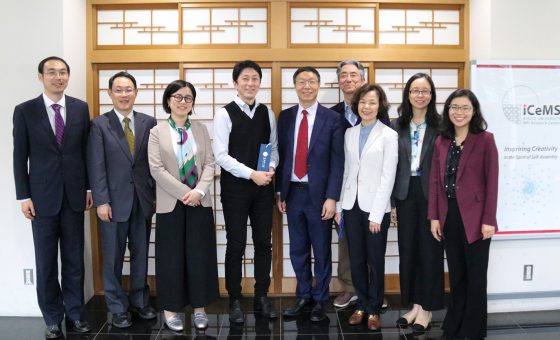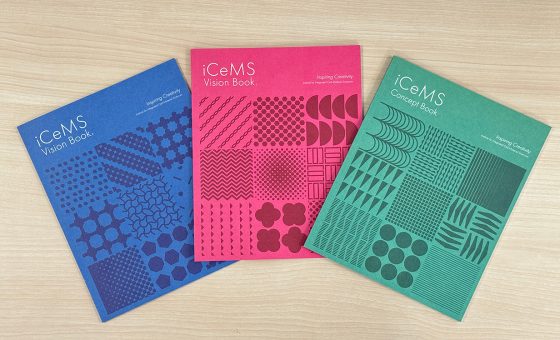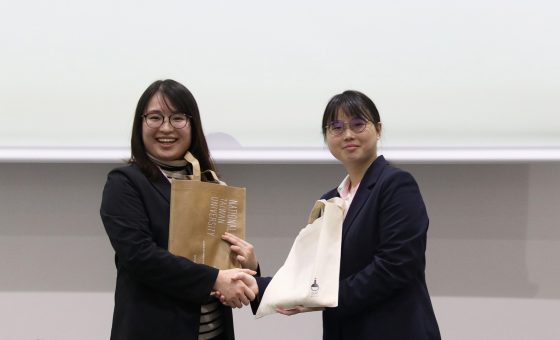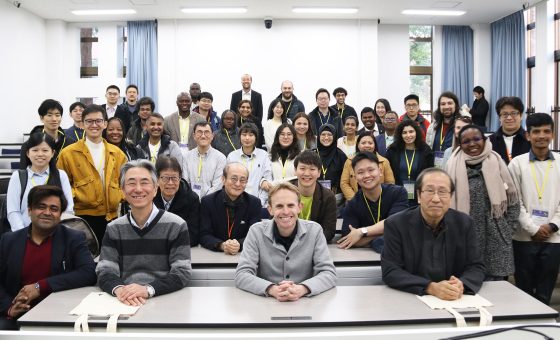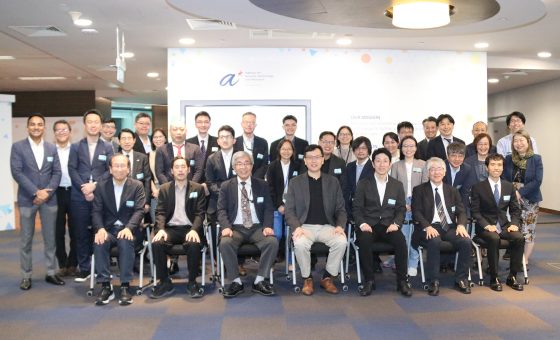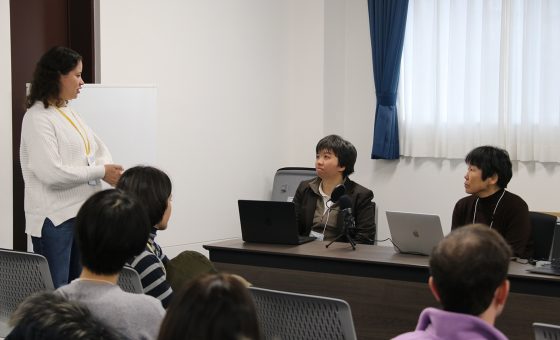Changing the color of laser light on the femtosecond time scale: How BiCoO3 achieves second harmonic generation
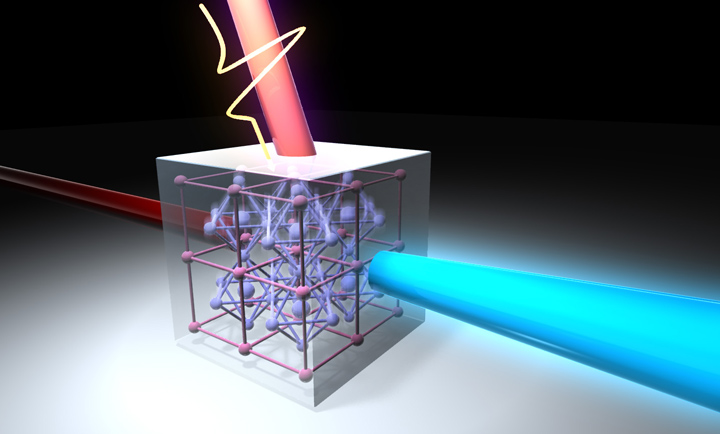
Using femtosecond visible and terahertz (THz) pulses as external perturbations, scientists at Tokyo Institute of Technology and Kyoto University’s Institute for Integrated Cell-Material Sciences (iCeMS) have investigated the second harmonic generation effect in photoexcited BiCoO3. Driven by the THz pulse, this research highlights the importance of orbital excitation in the Co3+ ion and provides clues for improving the performance of nonlinear optical phenomena in nonlinear crystals on the femtosecond time scale.
This research was published online on May 11, 2017 in Physical Review Applied.
Further details are available at the following page:

